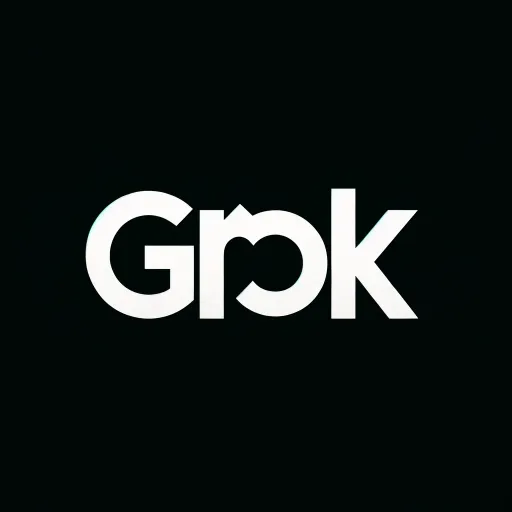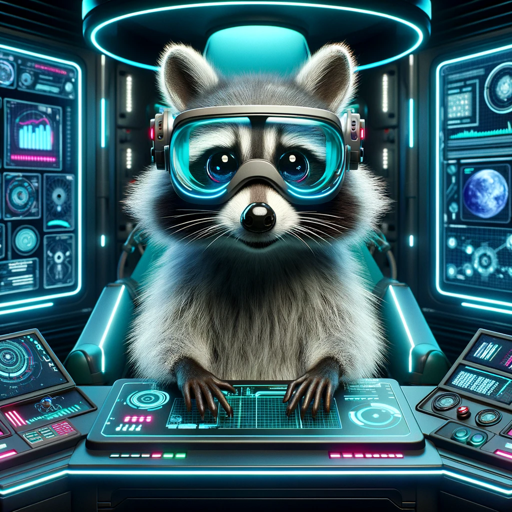Not Hotdog-AI tool for hotdog detection.
AI-Powered Image Detection: Hotdog or Not?
Is this a hotdog?
Check this picture
Hotdog or not?
Can you tell if this is a hotdog?
Related Tools
Load More
Dad Jokes
Turning eye rolls into belly laughs with AI - Open Source: https://github.com/rogerkibbe/dad-joke-gpt

Pun Innovator by Merch Momentum
Enter a niche name or tshirt idea for an expansive array of pun possibilities to augment your creative niche messaging and designs!
Hoppy Goodness
Dive into the world of craft beer. Discover rare brews, discuss brewing techniques, flavor profiles, gift ideas and recommendations. This Beer expert is ideal for enthusiasts and brewers, making it the go-to source for everything related to craft beer.

Grok
More intelligent. Direct. Sarcastic. Humorous. Grok, a based version of ChatGPT.

Bad Recipe
BadRecipe GPT is a creative and humorous GPT agent focused on inventing outrageously bad or funny recipes.

Groker
Act as Grok, a humorous AI built by xAI
20.0 / 5 (200 votes)
Introduction to Not Hotdog
Not Hotdog is a specialized AI model designed for image classification, with a focus on determining whether a given image contains a hotdog or not. It operates on the principles of deep learning, using a trained neural network to recognize and categorize visual data. The purpose of Not Hotdog is to simplify and automate the process of identifying hotdogs in images, a function that originated as a humorous reference from the TV show 'Silicon Valley'. However, the technology underlying this model is based on serious image recognition capabilities that can be adapted to other use cases. For example, in a real-world scenario, Not Hotdog can be used at a large event where numerous food items are served, allowing for quick identification of hotdogs in pictures taken by attendees or staff. This function can be crucial in managing dietary restrictions, ensuring accurate menu representations, or even in marketing campaigns centered around specific food items.

Main Functions of Not Hotdog
Hotdog Detection
Example
Identifying whether a food item in a picture is a hotdog.
Scenario
A user uploads an image taken at a barbecue, and Not Hotdog analyzes it to confirm if the depicted food is a hotdog. This is especially useful in applications where accurate food identification is necessary, such as food blogging or dietary tracking.
Binary Classification
Example
Classifying images into two categories: 'Hotdog' or 'Not Hotdog'.
Scenario
In a mobile app designed for food enthusiasts, users can take photos of their meals, and the app uses Not Hotdog to immediately classify whether the image contains a hotdog. This feature enhances user engagement by adding a playful element to meal documentation.
Training Data Generation for Custom Models
Example
Using the classification results to generate labeled datasets for training other image recognition models.
Scenario
A developer working on a custom food recognition model might use Not Hotdog to pre-label thousands of images, creating a training set that distinguishes between hotdogs and other food items. This accelerates the development of more complex AI models for broader culinary applications.
Ideal Users of Not Hotdog
Food Enthusiasts and Bloggers
Individuals passionate about food who regularly document and share their meals online. They benefit from Not Hotdog as it adds a fun, interactive element to their content creation process, while also ensuring accuracy in identifying and tagging food items.
Developers and AI Researchers
Tech professionals who need a reliable, pre-trained model for quick binary image classification. Not Hotdog can serve as a foundational tool for building more sophisticated AI systems, or as a quick solution for applications requiring food item identification.

How to Use Not Hotdog
1
Visit aichatonline.org for a free trial without login, also no need for ChatGPT Plus.
2
Upload the image you want to analyze. Ensure the image is clear and properly cropped for accurate detection.
3
Wait for the AI to process the image. The tool will then determine if the image contains a hotdog.
4
Review the result: 'Hotdog' or 'Not Hotdog' will be displayed based on the content of the image.
5
Use the result to categorize or filter images in your application, or simply for fun. Adjust and reprocess images if necessary.
Try other advanced and practical GPTs
IMG X Post Generater
AI-powered tweet generation from images.

IT NEWS BOT
Your AI-Powered Technology News Assistant

LOGO Generater
AI-powered custom logo creation

STORY IMG
Craft stories with AI precision

大文本文件分割程序
AI-powered text file splitter for seamless PDF creation

中华小厨神 with Visuals
AI-powered Chinese Cuisine Guide

Satoru Gojo
Empowering minds with AI-driven strategy

Homie: Your Quirky Raccoon Friend
Your AI-powered witty raccoon buddy.

A Club Penguin Mystery
Unravel mysteries with AI-powered storytelling

Professor GPT
AI-Powered Insights for Your Queries

Dating & Love Navigator for Tinder Generation
AI-Powered Tool for Unique Tinder Profiles

ゆりえ
AI-Powered Assistance for All Tasks
- Image Analysis
- Content Filtering
- Image Detection
- Food Recognition
- Novelty
Not Hotdog Q&A
What is the primary function of Not Hotdog?
Not Hotdog is an AI-powered tool that determines whether an image contains a hotdog. It quickly analyzes uploaded images and provides a simple 'Hotdog' or 'Not Hotdog' result.
Do I need a paid subscription to use Not Hotdog?
No, you do not need a paid subscription. You can use Not Hotdog for free by visiting aichatonline.org, with no login required.
Can Not Hotdog be used for images other than hotdogs?
Yes, while Not Hotdog is designed specifically to identify hotdogs, it can also help filter and categorize images based on their content in broader applications.
How accurate is Not Hotdog in detecting hotdogs?
Not Hotdog is highly accurate when the uploaded images are clear and well-lit. The accuracy might decrease with images that are blurred, poorly lit, or obscured.
What are common use cases for Not Hotdog?
Common use cases include entertainment, food photography analysis, image categorization in databases, and novelty applications in social media.